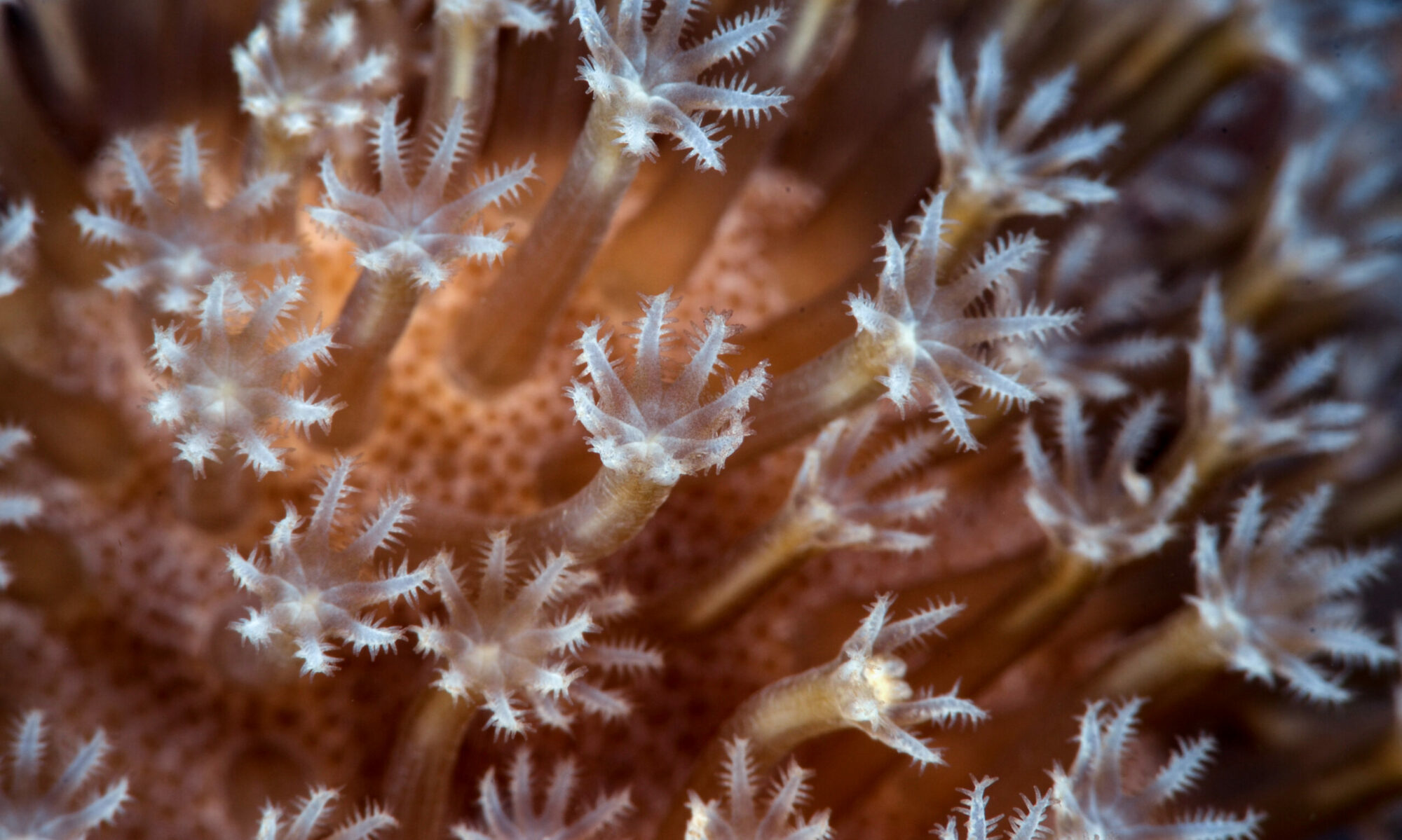


Following a three-week series of biological surveys, scientists from the University of Guam Marine Laboratory along with an international team of researchers estimate that they have collected hundreds of new marine biological records and species combined from around the coasts of Guam.
A Bioblitz is an event focused on finding and identifying as many species as possible in a place over a set period. This Bioblitz was supported by the university’s Guam National Science Foundation EPSCoR grant, which focuses on studying the biodiversity of marine life in Micronesia and how climate change affects the region.
From the southern coast of Guam almost up to Ritidian, the researchers surveyed around 50 sites through dives, intertidal walks, and snorkeling from February 2 – 22, 2024 and collected organisms such as crabs, shrimps, worms, and mollusks.
Over a thousand species were collected. According to UOG Biorepository Curator of Crustacea, Dr. Robert Lasley, an estimated 10 to 15 percent are new species or new records for Guam. A new biological record refers to an organism that has never been recorded within a geographic area.
“The findings from this Bioblitz are a testament to the University of Guam’s status as a premier research hub serving the Micronesian region,” said UOG President Anita
Borja Enriquez. “Through collaboration, dedication, and their commitment to discovery, these researchers have helped uncover the vast biodiversity living in the waters and sands of our island.”
Notable findings from the Bioblitz include:
- A new record of a false spider crab found near the UOG Marine Laboratory
- 71 new records of amphipods, a small shrimp-like crustacean
- An estimated 46 new records of ribbon worms
- Rare species of mollusks and gobies that live in symbiosis with a shrimp that inhabits underground burrows in the reef flats of Guam
Representatives of each species collected during the Bioblitz will be housed at the Guam NSF EPSCoR Guam Ecosystems Collaboratorium for Corals and Oceans Biorepository, a collection of marine fauna and flora that serves as an archive of the biodiversity found within the Micronesian region.
“After many long nights at the marine laboratory carefully processing specimens, these scientists have contributed immensely to our knowledge of this region’s ecosystems,” said Guam NSF EPSCoR Principal Investigator Dr. Terry Donaldson. “Through the Biorepository, we are able to share these findings with fellow researchers and work together to learn more about the world around us.”
Some specimens may be loaned to other scientists so that they can be examined further. The Biorepository team is partnering with Dr. Christopher Meyer from the National Museum of Natural History at the Smithsonian Institution to get all of the species DNA barcoded for identification.
Due to factors that impact marine ecosystems such as climate change, pollution, changing currents, and development, biological surveys serve as the first step towards preserving these ecosystems and the organisms that call them home.
“Right now, we’re experiencing a biodiversity crisis. We’re losing organisms and species very fast,” said Lasley. “How can you protect what you don’t know exists? It’s important to do this kind of work to capture this baseline data of what organisms are out there and where they live so we can try to build a foundation of knowledge that we can use to protect them.”


